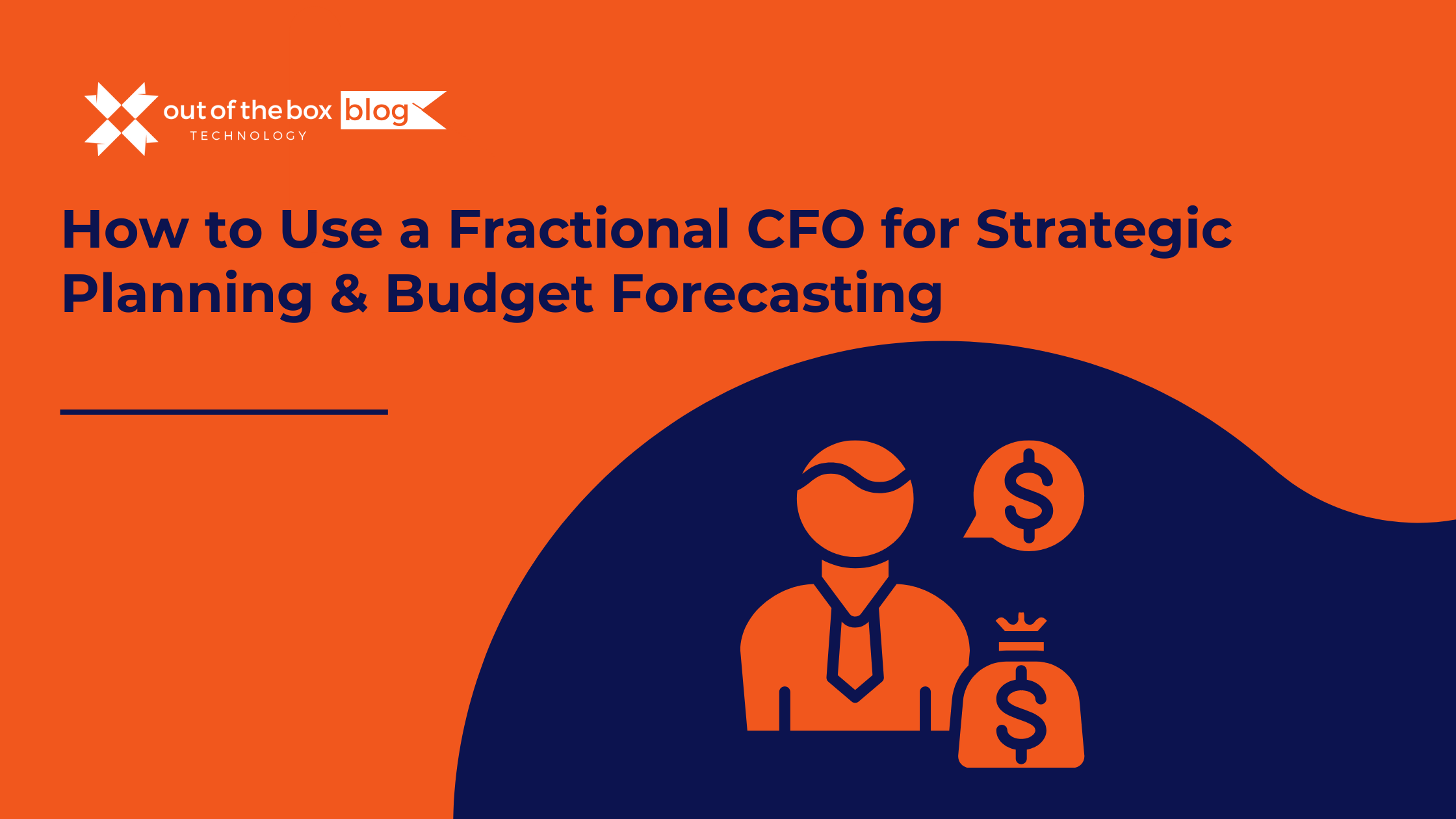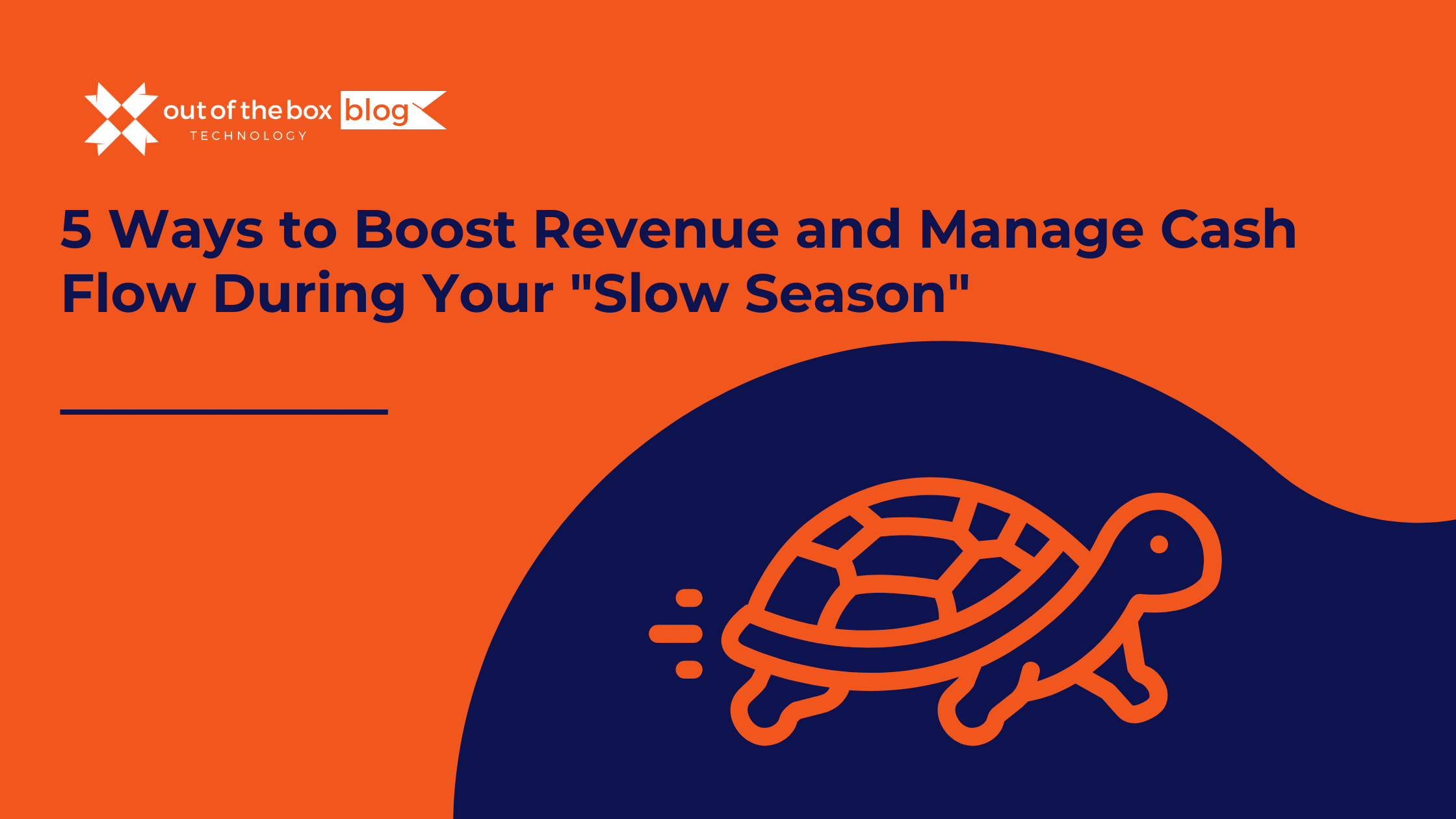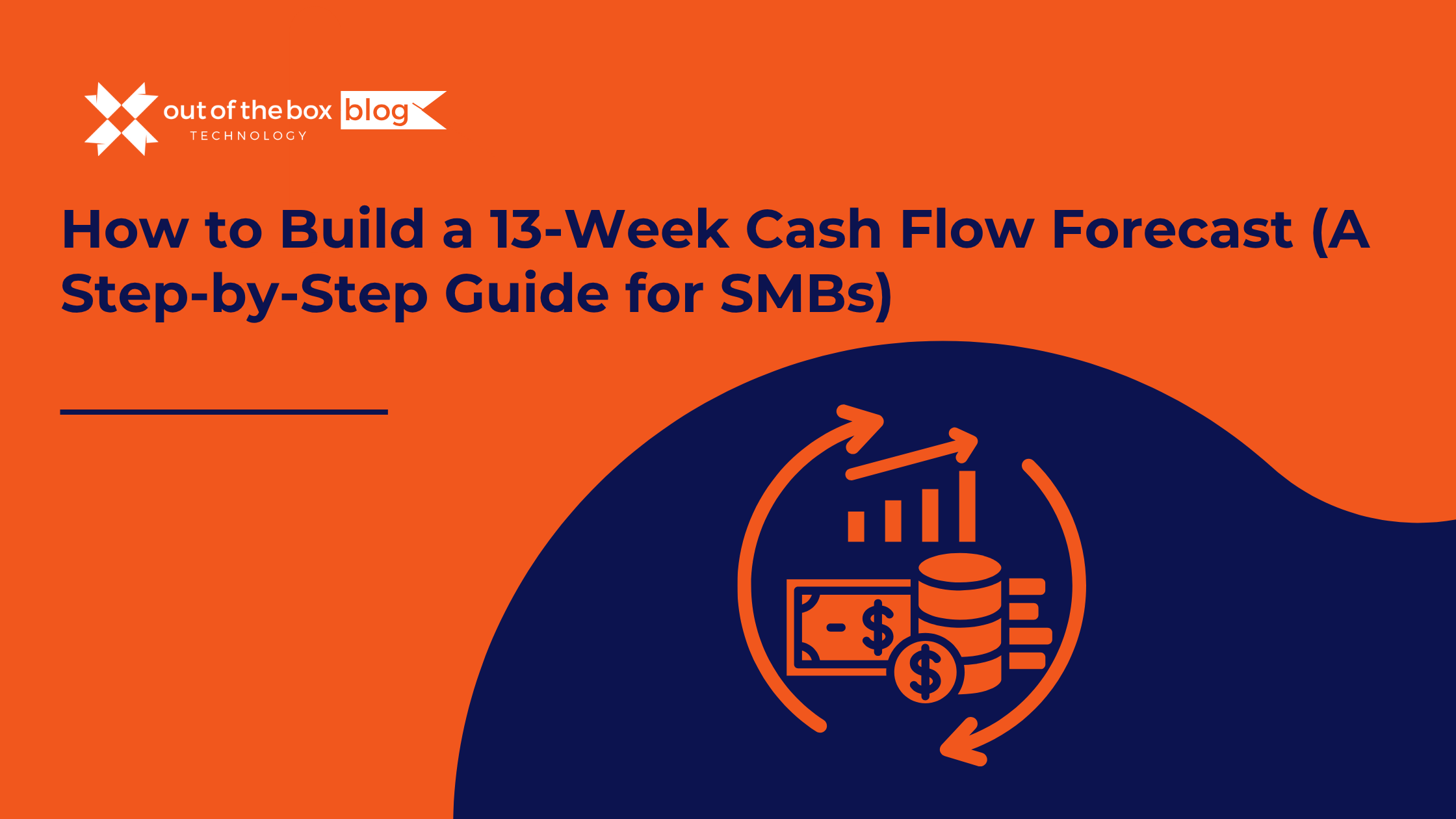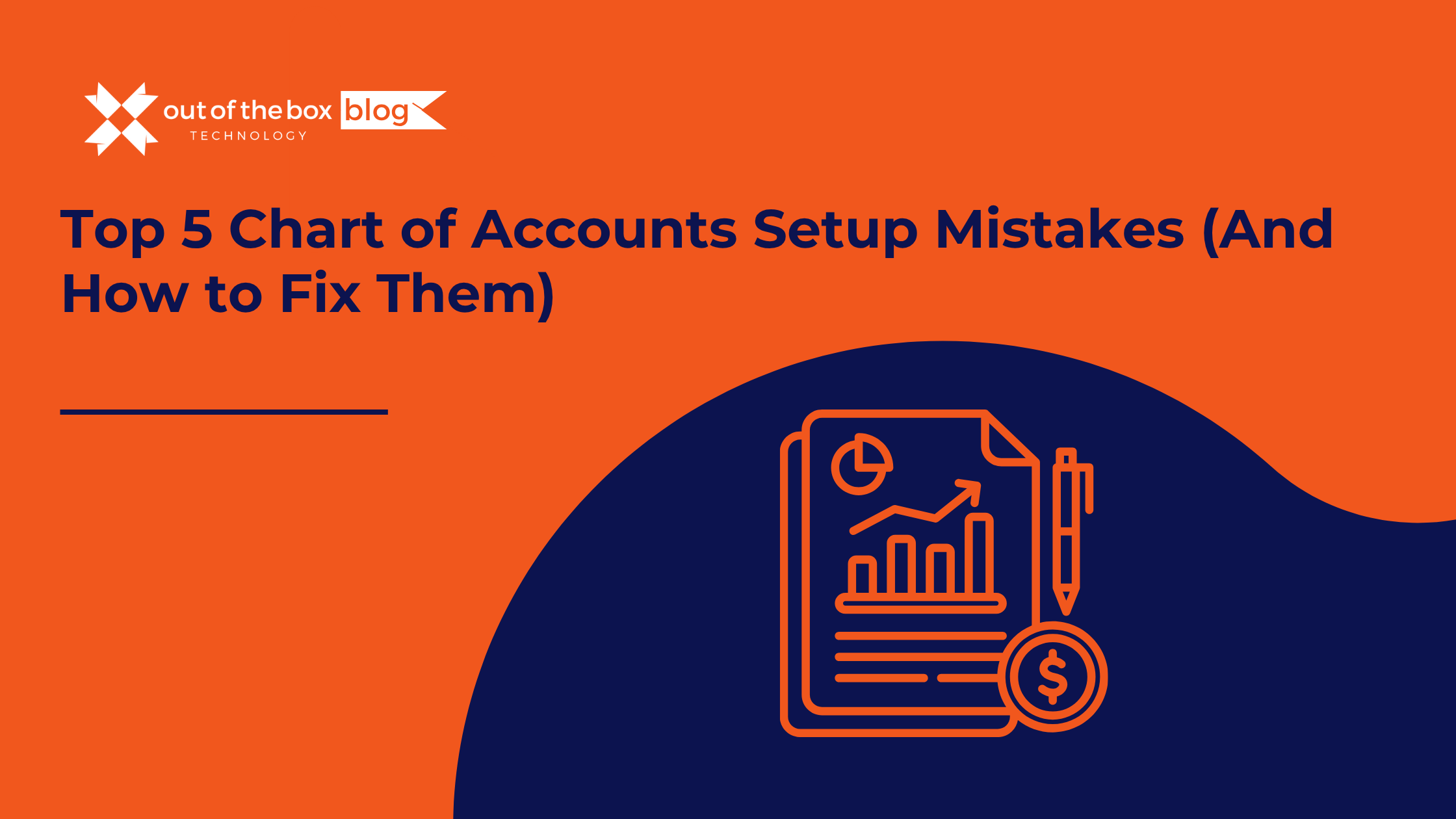Imagine trying to drive a car down a winding highway at 60 miles per hour. Now, imagine doing it while looking exclusively in your rearview mirror.
You can see exactly where you’ve been. You can see the curves you just navigated. You can see the potholes you hit. But you have absolutely no idea what is coming up in five seconds.
For too many small business owners, this is exactly how they manage their finances.
They live in their accounting software (likely QuickBooks), looking at last month’s Profit & Loss (P&L) statement or last year’s tax return. These are historical documents. They tell you what happened. They are the rearview mirror.
But to grow a business—and more importantly, to survive—you need to look through the windshield. You need to know what will happen.
This is the power of Financial Forecasting.
It is the difference between reacting to a cash crunch when the bank account hits zero, and seeing that crunch coming three months in advance so you can fix it. It’s the difference between “hoping” you can afford that new hire, and “knowing” the revenue will be there to support them.
If you’ve ever felt the anxiety of financial uncertainty, this guide is for you. We’re going to break down exactly what financial forecasting is, why it’s different from budgeting, and provide a step-by-step guide to building your first model.
What Is Financial Forecasting? (And How Is It Different from a Budget?)
Before we dive into the “how,” we must clear up a massive misconception. A forecast is not a budget. They are cousins, but they do very different jobs.
The Budget: Your “Wish List”
A budget is a static plan, usually created once a year. It is your goal. It represents where you want to go.
-
Example: “In 2025, we plan to spend $50,000 on marketing and achieve $1M in revenue.”
-
The Problem: As soon as the year starts, reality changes. A vendor raises prices. A pandemic hits. A competitor launches a new product. The budget becomes outdated almost immediately.
The Forecast: Your “Reality Check”
A financial forecast is a dynamic, living projection of what is actually likely to happen based on current data and trends. It is updated regularly (monthly or weekly).
-
Example: “Based on Q1 sales being down 10%, we are now projecting $900k in revenue, so we need to adjust our marketing spend to $40,000 to stay profitable.”
Think of it this way: The Budget is the map you drew before the road trip. The Forecast is the GPS that reroutes you when there’s traffic ahead. You need the GPS to arrive safely.
Why SMBs Ignore Forecasting (And Why It’s Fatal)
Why do so many businesses skip this step? Usually, it’s intimidation. “I’m not a CFO,” you might say. “I don’t know how to build complex Excel models.”
But avoiding it is dangerous.
-
Data Point: According to a study by U.S. Bank, 82% of business failures are due to poor cash flow management or poor understanding of how cash flow works.
-
Data Point: Further research suggests that businesses that plan and forecast grow 30% faster than those that don’t.
Without a forecast, you are making decisions based on “gut feel” or your bank balance today. But your bank balance today doesn’t account for the payroll due on Friday, the rent due on the 1st, or the slow season coming in July.
Forecasting allows you to:
-
Predict Cash Shortages: See the “red zone” months in advance so you can secure a line of credit or cut costs before it’s an emergency.
-
Hire with Confidence: Know exactly when you’ll have the sustained revenue to support a new salary.
-
Manage Inventory: Avoid tying up all your cash in stock that won’t sell for six months.
-
Impress Lenders: Banks love forecasts. Showing a loan officer a detailed 12-month projection proves you are a low-risk borrower who understands their numbers.
The 3 Major Types of Financial Forecasts
When people say “forecasting,” they usually mean one of three specific models. You don’t necessarily need all three on Day 1, but you should understand them.
1. The Cash Flow Forecast (The “Must-Have”)
This is the most critical tool for small businesses. It tracks cash in vs. cash out.
-
Goal: To predict your bank balance at the end of every week or month.
-
Why: Profit is not cash. You can be “profitable” on your P&L but still go bankrupt if your clients haven’t paid their invoices yet.
2. The Sales (Revenue) Forecast
This projects how much you will sell. It is the driver for everything else.
-
Goal: To estimate future income based on sales pipelines, historical trends, and market conditions.
-
Why: If you don’t know your top line, you can’t plan your expenses.
3. The Pro Forma (Expense) Forecast
This projects your costs.
-
Goal: To estimate future expenses, including fixed costs (rent, insurance) and variable costs (COGS, commissions).
-
Why: To see how changes in revenue will impact your profit margins.
Step-by-Step: How to Build Your First Financial Forecast
You don’t need expensive software to start. You need a spreadsheet (Excel or Google Sheets) and your QuickBooks data.
Here is the 5-step process to building a basic, actionable forecast.
Step 1: Gather Your Historical Data (Look Back to Look Forward)
You cannot predict the future without understanding the past. Open QuickBooks Online.
-
Run a Profit and Loss (Standard) report.
-
Set the range to “Last 12 Months” and display columns by “Month.”
-
Export this to Excel.
This gives you your “Run Rate.” It shows you your seasonality (did sales dip in August?) and your expense trends (did utility bills spike in winter?).
Step 2: Choose Your Timeframe
For a starter forecast, we recommend a 12-month rolling forecast.
-
Set up your spreadsheet with columns for the next 12 months.
-
As one month ends, you add another month to the end of the projection. This keeps the view fresh.
Step 3: Project Your Revenue (The Hard Part)
This requires the most thought. Do not just take last year’s number and add 10%. That is lazy forecasting.
Instead, use a bottom-up approach:
-
Unit Sales: How many widgets/hours do you sell?
-
Price: What is the average price?
-
Pipeline: If you are B2B, look at your CRM. What deals are likely to close?
-
Seasonality: Adjust for your known slow and busy months.
-
Pro Tip: Create two revenue rows: Recurring Revenue (safe, predictable) and New/One-Time Revenue (variable, risky). Be conservative with the second row.
Step 4: Project Your Expenses (The Easier Part)
Expenses fall into two buckets. Separate them in your spreadsheet.
-
Fixed Costs: These are easy. Rent, insurance, software subscriptions, salaried payroll. These numbers shouldn’t change much month-to-month.
-
Variable Costs: These fluctuate with sales. Cost of Goods Sold (COGS), shipping, merchant processing fees, hourly labor.
-
The Math: Calculate your historical COGS as a percentage of revenue. (e.g., If you sold $100k and COGS was $30k, your COGS is 30%). Apply that 30% to your forecasted revenue.
-
Step 5: The “What If” Scenario Planning
This is where the magic happens. You now have a base forecast. Now, create three tabs in your spreadsheet:
-
Likely Case: Your realistic projection.
-
Best Case (The “Dream”): Sales grow 20% faster. Use this to plan for “good problems” like needing to hire fast or buy more inventory.
-
Worst Case (The “Nightmare”): You lose your biggest client. Sales drop 30%.
-
Why do this? It allows you to stress-test your business. If the “Worst Case” happens, does your cash balance go negative? If yes, what expenses would you cut? It is much less stressful to make that plan now than in the middle of a crisis.
-
Real-World Example: “The Main Street Bakery”
Let’s look at how this saved a real business (fictionalized for this post).
The Situation: “Main Street Bakery” looks at their P&L in November. It shows a huge profit because they just took deposits for holiday catering orders. The owner, excited, decides to buy a new $15,000 oven in December.
The Forecast Reality: If they had run a Cash Flow Forecast, they would have seen:
-
Those deposits are cash in now, but the expenses (ingredients, overtime labor) happen in December.
-
January and February are historically their “dead months” where revenue drops 60%.
The Save: The forecast shows that if they spend $15,000 on the oven in December, they will run out of cash to pay rent in February. They decide to delay the oven purchase until March. The forecast saved the business.
3 Critical Best Practices for Forecasting
1. Be Conservative
It is human nature to be optimistic. In forecasting, optimism is a liability.
-
Overestimate your expenses by 5%.
-
Underestimate your sales by 10%. If you are pleasantly surprised, great. If you are wrong, you have a buffer.
2. Update It Regularly (The “Rolling” Forecast)
A forecast created in January is useless by June. You must update your forecast monthly.
-
Replace the “projected” column for the month that just finished with the “actual” numbers from QuickBooks.
-
Check the variance: Did you spend more than you thought? Why? Adjust future months accordingly.
3. Involve Your Team
Don’t do this in a vacuum. Ask your sales lead: “Are these revenue numbers real?” Ask your operations manager: “Are raw material prices going up?” Your team has on-the-ground intel that your spreadsheet doesn’t.
Tools of the Trade: Excel vs. Software
Spreadsheets (Excel / Google Sheets):
-
Pros: Free, infinitely customizable, you likely already know how to use them.
-
Cons: Prone to human error (broken formulas), manual data entry is tedious, version control issues.
-
Verdict: Best for businesses under $1M in revenue or those just starting to forecast.
Forecasting Software (Fathom, Jirav, LivePlan):
-
Pros: Integrates directly with QuickBooks Online (no manual entry), beautiful visual dashboards, automated scenario planning.
-
Cons: Monthly subscription cost, requires setup time.
-
Verdict: Essential for growing businesses ($1M+) or those with complex models.
Note: At Out of the Box Technology, we specialize in setting up these integrated tools so you get the insights without the manual grunt work.
When to Call in the Experts (Fractional CFOs)
There comes a point where DIY forecasting isn’t enough.
If your business is growing rapidly, dealing with investors, or navigating a turnaround, a simple spreadsheet might miss the nuance of deferred revenue, depreciation, or complex cash conversion cycles.
This is where a Fractional CFO comes in.
A Fractional CFO doesn’t just build the model; they interpret it. They sit down with you and say, “Based on this forecast, we can afford to hire that Sales Director in Q2, but only if we reduce our inventory hold times by 10 days.”
They turn the data into strategy.
At Out of the Box Technology, our advisory services are designed to bridge this gap. We take the data already living in your QuickBooks file and turn it into a roadmap for your future.
❓ Frequently Asked Questions (FAQs)
1. How often should I update my financial forecast? At a minimum, you should update your forecast monthly, immediately after you close your books for the previous month. However, if cash flow is tight, a weekly 13-week cash flow forecast is highly recommended to manage immediate liquidity.
2. What is the difference between a sales forecast and a cash flow forecast? A sales forecast predicts revenue (when the sale is made). A cash flow forecast predicts receipts (when the money hits the bank). If you sell on “Net 30” terms, a sale made in January won’t show up on your cash flow forecast until February. Confusing these two is a leading cause of cash flow crises.
3. Can QuickBooks do forecasting for me? QuickBooks Online has a basic “Cash Flow” planner built-in, which uses AI to predict trends. It is a useful starting point for very small businesses. However, for detailed scenario planning (“What if I hire two people?”), you usually need to export the data to Excel or use a third-party app like Fathom or Jirav that integrates with QuickBooks.
4. How far into the future should I forecast? For operational purposes, 12 months is the standard. It covers a full cycle of seasonality. For strategic planning (seeking investors or selling the business), you may need a 3-to-5-year pro forma projection, though the accuracy drops significantly the further out you go.
5. Is forecasting only for big businesses? Absolutely not. In fact, small businesses have less room for error than big corporations. A big company can absorb a bad quarter; a small business might not make payroll. Forecasting is an insurance policy for the small business owner.
The Bottom Line: Turn the Headlights On
Running a business without a forecast is stressful. It keeps you up at night, wondering if you can cover the bills. It creates a reactive cycle where you are always putting out fires instead of building something new.
Building a financial forecast allows you to stop guessing and start knowing. It turns the headlights on.
You don’t have to be a math genius to start. Start with a simple spreadsheet. Export your QuickBooks data. Look at the trends. Make your best estimates.
And if you get stuck, or if your business has outgrown the spreadsheet, we are here to help.
Need Help Building Your Roadmap?
You don’t have to navigate your financial future alone. The experts at Out of the Box Technology can help you build a robust, automated financial forecast that integrates directly with your QuickBooks data.
Whether you need a one-time setup or ongoing Fractional CFO advisory, we can help you see around the corners.
Let’s talk.




